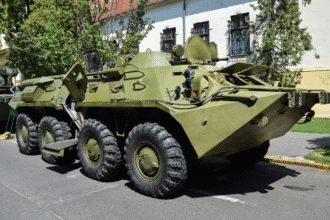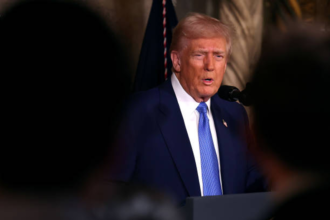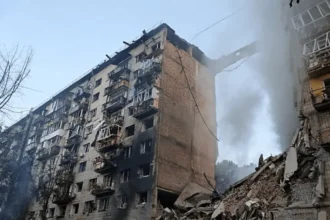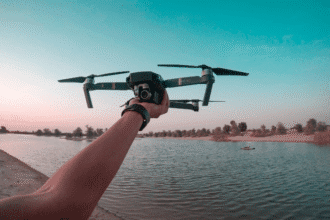European leaders convened in Copenhagen to address growing Russian hybrid threats, especially repeated drone incursions into EU airspace. Denmark’s Prime Minister asserted that Europe must deliver a strong defense response. The focus now rests on advancing EU drone defense as a credible, coordinated strategy.
Summit delegates discussed reinforcing military support for Ukraine, rearming EU nations, and scaling production of drone and anti‑drone systems. Meanwhile, Denmark heightened security measures within Copenhagen ahead of high-level meetings.
Why Highlight Russia as the Core Threat?
Denmark’s prime minister stressed that, from a European vantage point, only one nation is consistently testing boundaries: Russia. She linked recent drone flights over Danish airports and military zones to a broader pattern of aggression.
This backdrop elevates the importance of EU drone defense. The proposed framework seeks to protect airspace and deter future violations through shared tools and command structures. Here is the link to our article on US Security Update.
What Is the Proposed “Drone Wall”?
A “drone wall” concept is gaining traction. It would offer multi-tiered defense: early detection, tracking, and neutralization of drones. Several member states already support this vision.
As part of EU drone defense, the wall would integrate radar, sensors, and interceptor mechanisms. Planning is underway for cross-border coordination and unified command protocols.
Which Allies Are Supporting Denmark?
To bolster security, Denmark banned civilian drone flights in Copenhagen and restricted air movement. Allied nations, including the UK, Sweden, Poland, the Netherlands, Finland, and the U.S, offered anti-drone and surveillance support.
A German frigate docked in Copenhagen. Sweden provided radar systems. Ukraine also committed to sending experts to help with drone defense training exercises. Here is the link to our article on Chhattisgarh Security Shift.
Is There Disagreement Over Control and Funding?
While support for EU drone defense is widespread, disagreements linger over financing and operational command. Some states hesitate about the sovereignty implications.
Still, summit attendees pledged to advance the drone wall plan. They aim to align command structures, budget contributions, and timelines ahead of future sessions.
How Did EU Airspace Incursions Escalate?
Recent days saw drone activity over Denmark, plus incursions in Poland and Lithuania. Flights were delayed at airports in Lithuania and Norway due to drone presence. In Germany, drones appeared over northern Schleswig-Holstein.
These incidents reinforce the urgency for a strong EU drone defense strategy. The situation underscores how hybrid tactics are evolving and spreading across the bloc’s front lines.
How Are Leaders Framing the Threat?
At the summit, Denmark’s prime minister declared Europe now faces its gravest security challenge since World War II. She warned that the continent can no longer assume peace as the default.
Germany’s chancellor said drone activity is intensifying and likely originates from Russia. He urged increased European cooperation on air defense. Russia dismissed these claims, rejecting responsibility and calling the allegations baseless.
What’s Next for EU Security Strategy?
Leaders plan to unveil a roadmap for defense capability upgrades toward 2030. This includes joint procurement, technological investment, and industrial cooperation. The EU also intends to deepen ties with NATO and Ukraine for a synchronized threat response.
Success will depend on aligning budgets, command protocols, and national contributions. The test now is transforming shared resolve into concrete action under the EU drone defense agenda.
Final Thoughts
The EU drone defense initiative is emerging as Europe’s pivotal response to modern hybrid threats. If implemented effectively, it can transform how the bloc defends its airspace and deters aggression. The Copenhagen summit may mark the turning point for a new era of collective security across Europe.








